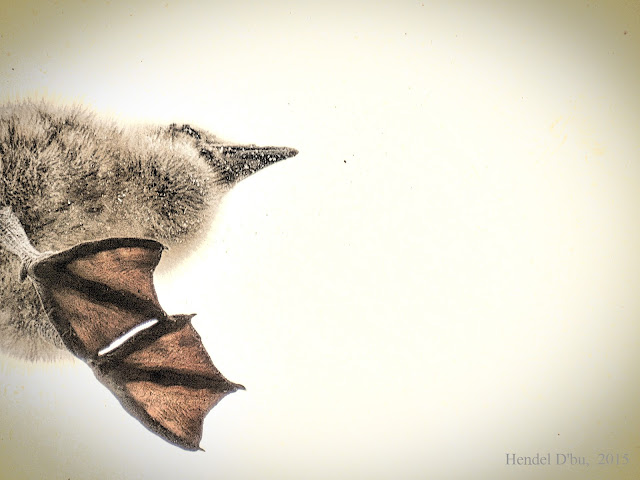(From Wiki) The western gull is a large white-headed gull that lives on the west coast of North America. The western gull ranges from British Columbia, Canada to Baja California, Mexico, and, because of its convenient colonies on the coast of California, it is well studied. Despite being a well-known bird species on the West Coast of the US, it is of some slight conservation concern given its restricted range (for a gull).
The western gull is a large gull that can measure 22" to 27" in total length, spans 51" to 57" across the wings, and weighs 1.8 to 3.1 lbs.
The western gull has a white head and body, and gray wings. It has a yellow bill with a red subterminal spot (this is the small spot near the end of the bill that chicks peck in order to stimulate feeding). The western gull typically lives about 15 years, but can live up to 25 years.
Actually, they can be quite annoying if they think anyone, be it human or animal, is getting too close to their younglings. We are getting to know their amazingly varied language, and our neighbors have named the pair Jack and Martha. In looking at them, the male is only slightly distinguishable from the female due to size (he is a bit bigger overall).
 |
| first shots of the babies - there are three total |
The western gull is rarely encountered inland or away from the ocean and is almost an exclusively marine gull. It nests on offshore islands and rocks along the coast, and on islands inside estuaries. Western gulls feed in pelagic environments and in intertidal environments. At sea, they take fish and invertebrates like krill, squid and jellyfish. They cannot dive and feed exclusively on the surface. On land they feed on seal and sea lion carcasses, as well as cockles, starfish, limpets and snails in the intertidal zone. They also feed on human food refuse, in human-altered habitats including landfills, and taking food from people at marinas and beaches. At times some western gulls can be predatory, preying on the young of other birds and even adults of some species.
A nest of vegetation is constructed inside the parent's territory and 3 eggs are laid. These eggs are incubated for a month. The chicks, once hatched, remain inside the territory until they have fledged. Chicks straying into the territory of another gull are liable to be killed by that territory's pair. Chick mortality is high, with on average one chick surviving to fledging. On occasion, abandoned chicks will be adopted by other gulls. (wiki)
We have seen three plodding around on the roof. This one surprised me this morning by exploring the skylight! They like to fall into the gutter, and it would seem that they prefer to hang out in the gutter, as it were, to escape the intense sunshine we have been experiencing.
They are so very cute! I had never seen young seagulls before, nor had such close interaction with these beautiful gulls. It will be interesting to see if they return next year!











No comments:
Post a Comment